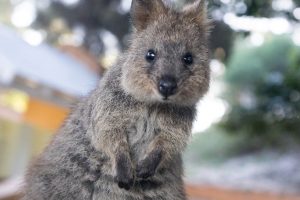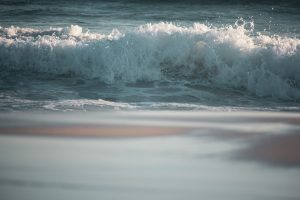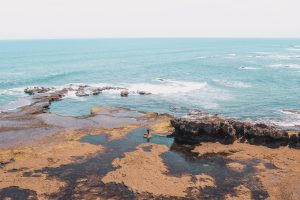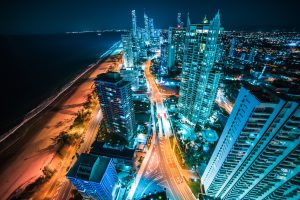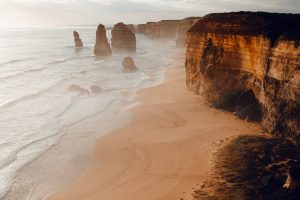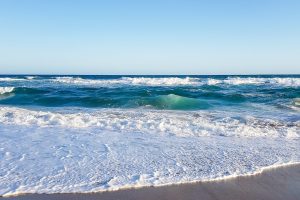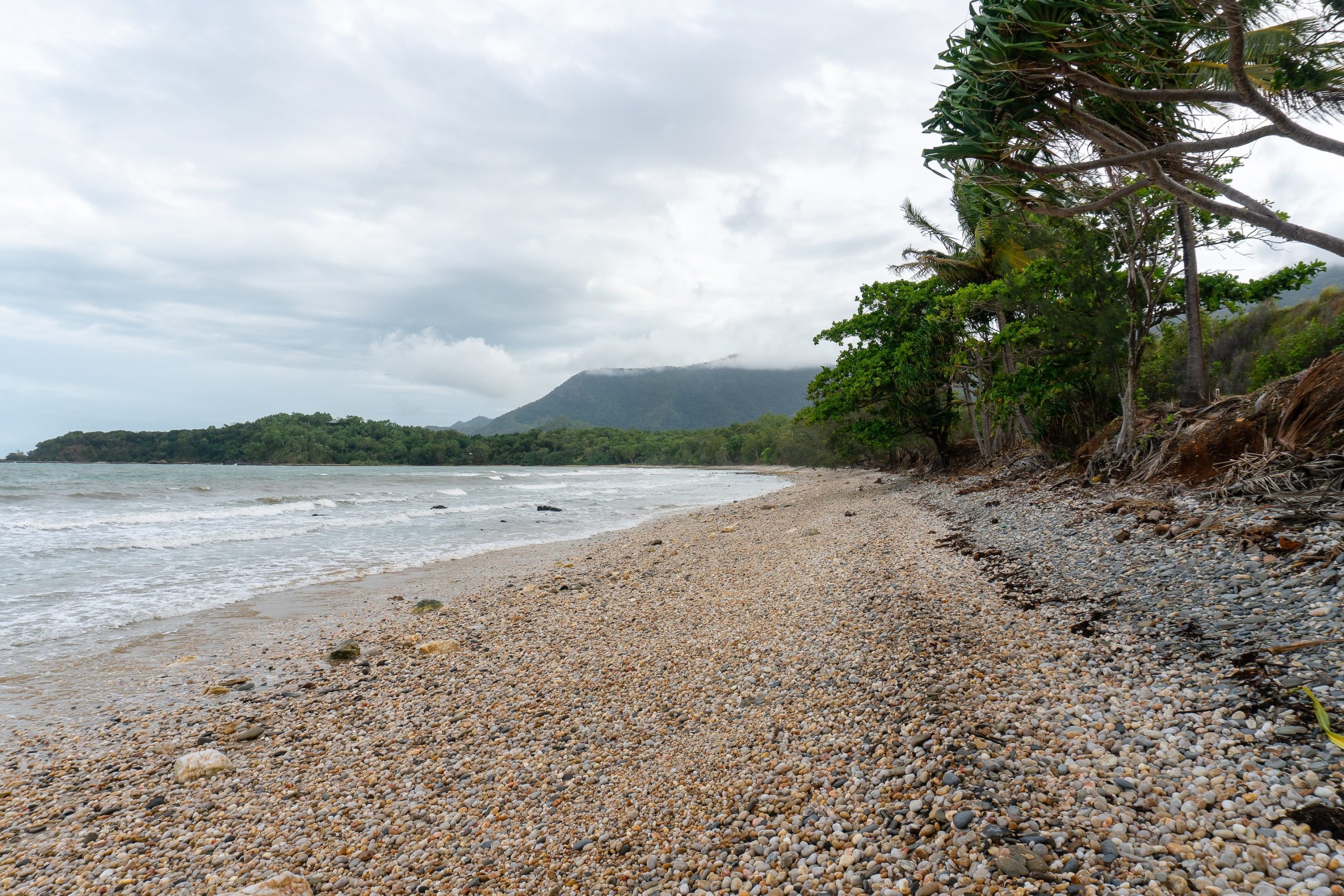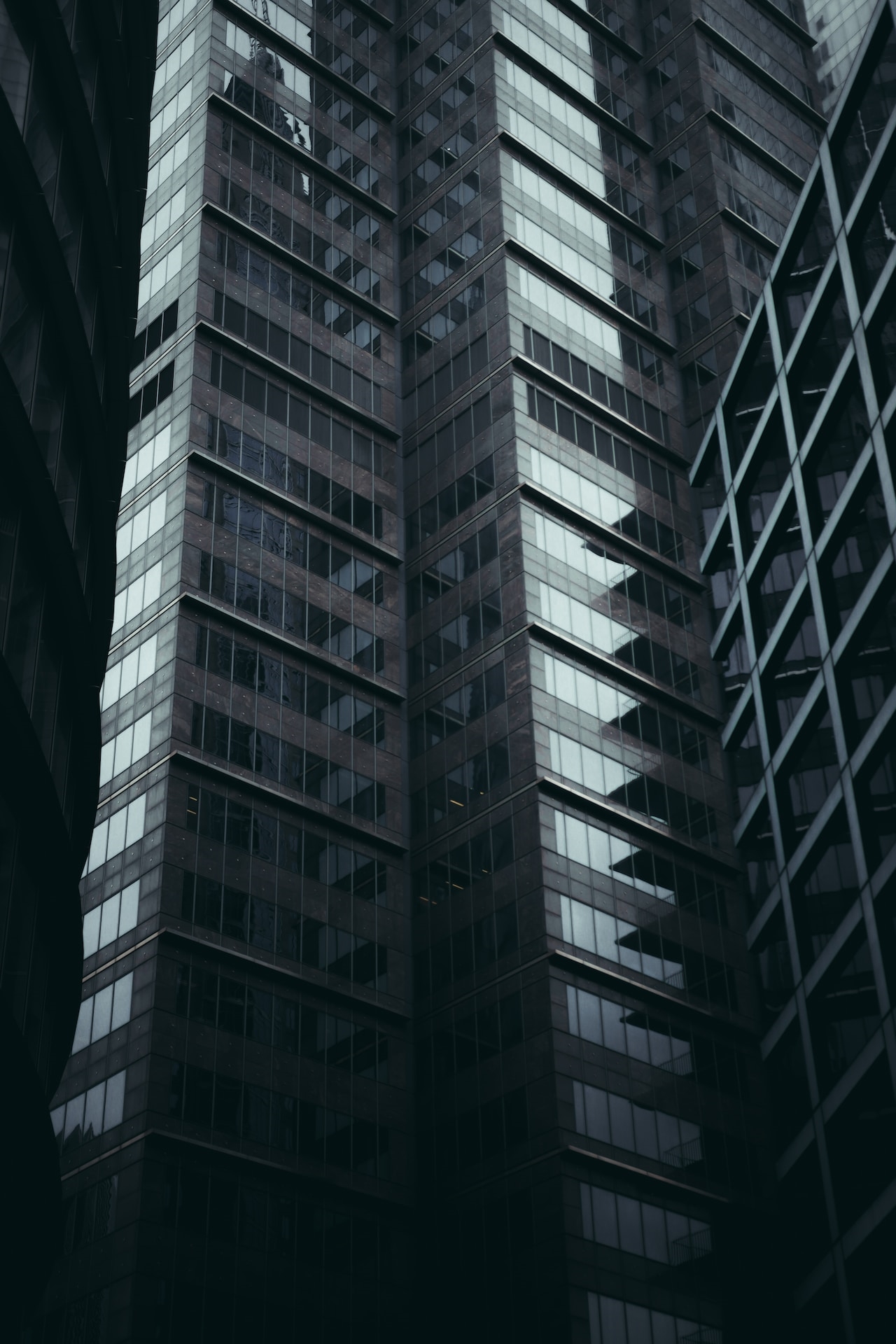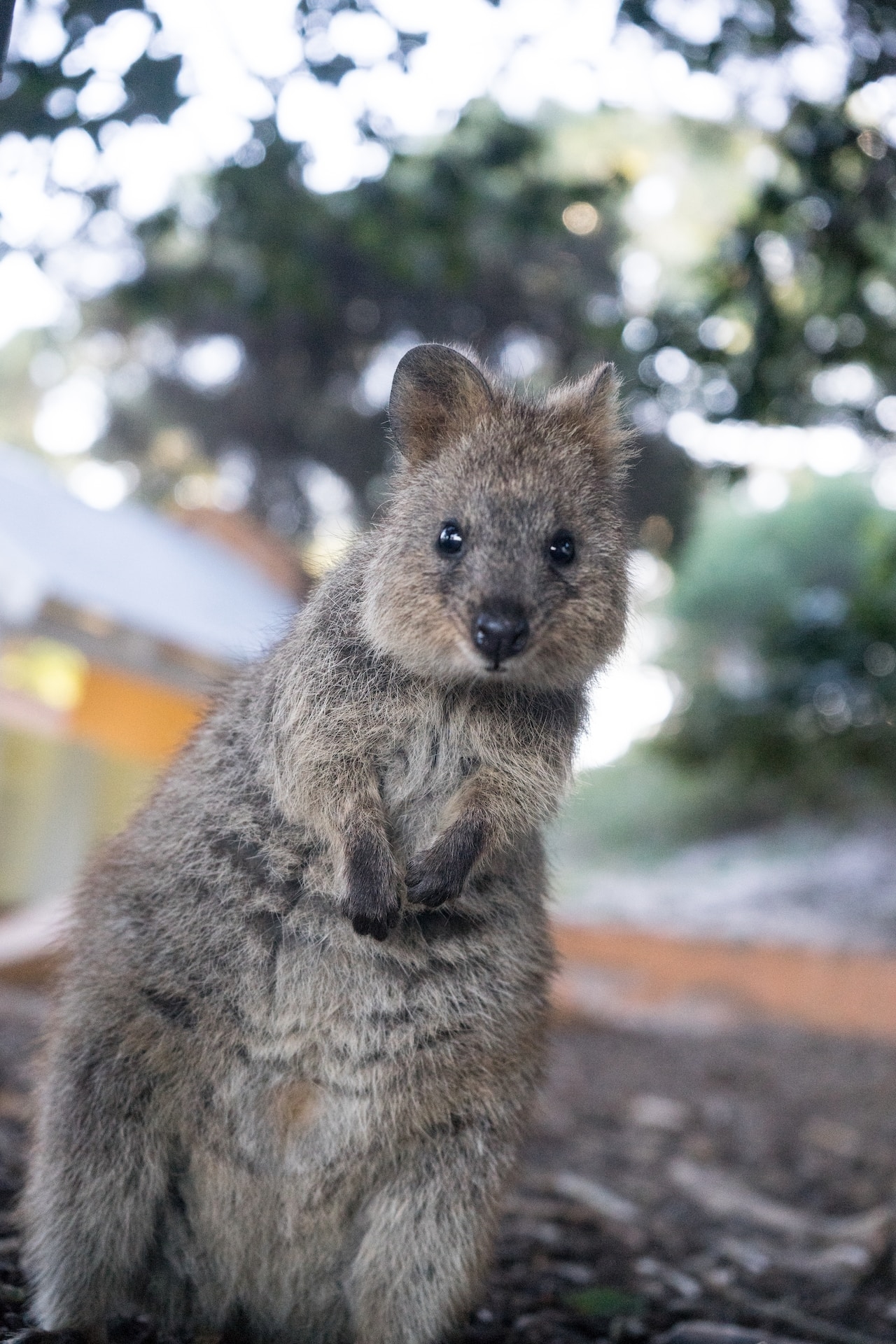The Darwin CBD is always buzzing, chock-a-block with markets, shops, and places to grab a bite – there’s never a dull moment!
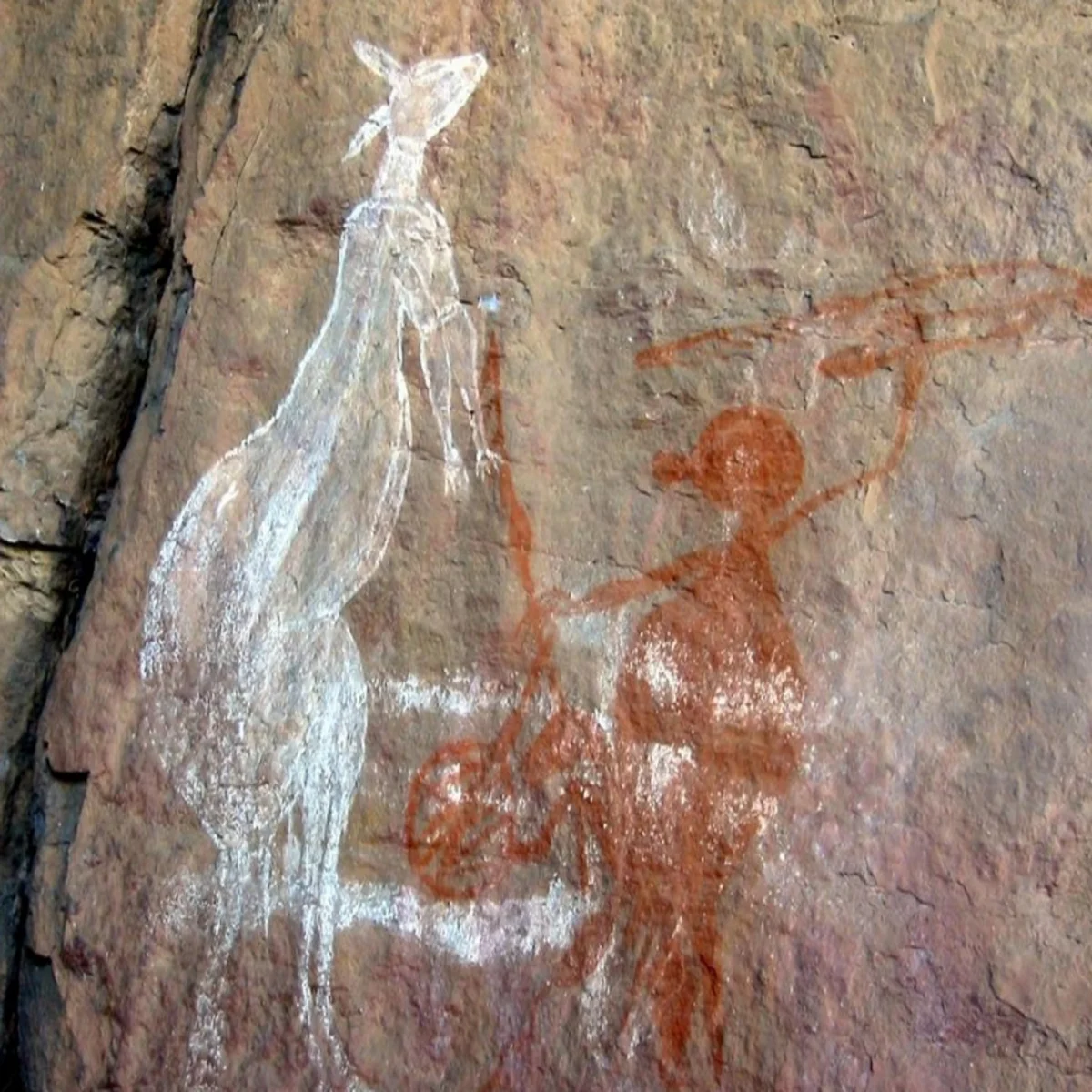
Make your way to the waterfront for a top-notch feed of local seafood. Darwin’s got some of the freshest seafood in the country. Local chefs will whip up some beautiful dishes for you. Plant yourself along the waterfront and have a squiz at the magical sunsets or cracking lightning storms on the horizon.
Darwin’s mad about markets, and there are heaps for you to check out! Take a wander through the evening markets, have a gander at local crafts and Indigenous art, and give your taste buds a burl with some street grub. Swing by a Sunday vintage market to snag some rare and quirky finds.
But markets aren’t the only spot for shopping. Darwin’s got some bonza local fashion and jewellery designers. There’s something for everyone, from prints to croc skin and Aussie pearls. Plus, there’s also a swag of souvenir shops to pop into!
If you have already thought that you need to visit our city, then contact Darwin Tour. Then your holiday will be relaxing and comfortable.
Things to see in Darwin:
Adelaide River
Cruising around Darwin, the Adelaide River is a beautiful spot for Australia’s native critters. This stunning river flows from Litchfield National Park to the Timor Sea. As you wander its banks, you’ll be surrounded by ancient scenery and the sounds of native birds.
The river’s teeming with wildlife, making it a top spot for animal lovers. Watch for birds, flying foxes, and eagles soaring above. The river is a crucial conservation area for heaps of species. But the biggest star of the river is the saltwater crocodiles.
Folks from all over the globe come to the river to see these prehistoric reptiles. Watch them haul their massive bodies out of the water on the hunt for feed.
Jumping Crocodile
One of the best ways to see saltwater crocs is to hop on a Jumping Crocodile Cruise. Check out these legendary creatures in their natural habitat. Watch them leap out of the water, reaching for the tasty tucker above them. These tours are a rare chance to meet these creatures in the wild.
Back in the 1970s, crocs were considered on the brink of extinction, so they were named a protected species. As their numbers have grown, crocs continue to rule the waterways in the Northern Territory. Before your cruise, stop by the large python display at the check-in kiosk. Snake shows run fifteen minutes before each cruise. Have a go at holding one of the incredible snakes if you’re game!
Fogg Dam Conservation Reserve
Keep your animal adventure going with a visit to the Fogg Dam Conservation Reserve. The reserve is a stunner no matter what time of year you visit.
The dam was originally built for an agricultural scheme, trying to provide irrigation for the nearby Humpty Doo Rice Project. When the scheme went belly up, the dam had already become a refuge for wildlife during the dry season. So, the dam was left as is and declared a Conservation Reserve in 1982.
While you’re there, there are several walks to enjoy. Head up to one of the two lookouts to watch the sunset and the birdlife settling in around you. Or, take a stroll through the different habitats at the reserve. Follow the signs to immerse yourself in paperbark forests, monsoon forests, and floodplains.
Window On The Wetlands
This is the highest viewing platform for the Adelaide River floodplain. Inside the centre, you can learn about Aboriginal Culture and European history. Find out about the area’s ecology, seasonal changes, and populous wildlife.
When the area is flooded during the wet season, you can watch mesmerizing lightning shows. During the dry season, the floodplains are baked under the hot sun, showing that the region is in great contrast. The Limilngan-Wulna people speak for this area of land. The centre is built on land that is important to their Turtle Dreaming and has significant cultural meaning. They staff the centre and work to make you feel welcome. While here, view artwork by Limilngan-Wulna artists and buy a piece to take home with you.
Litchfield National Park
Just an hour’s drive south of Darwin, Litchfield National Park is a visually magnificent landscape. Litchfield National Park is a must-see, packed with cascading waterfalls, serendipitous waterholes, and stunning vine rainforests. The lush rainforest provides a perfect canopy of shade and respite from the harsh Territory heat.
Tolmer Falls
In Litchfield National Park, one of the real show-stoppers is Tolmer Falls. She’s a beauty, cascading down two levels into a single deep pool, and you’ll hear her mighty roar before you even catch a glimpse.
A short walk takes you to a viewing platform right at the top of the falls. The view from up there is a ripper, and you’d be mad to miss it. If you’re up for it, follow the loop track along Tolmer Creek and past some bonza rock pools. Keep your eyes peeled for some rare wildlife, including bats and birds.
Florence Falls
Florence Falls is nestled in a cosy corner of Litchfield National Park’s monsoon rainforest. Have a dip in the crystal-clear waters, or check out the views from the top of the falls. Bring a picnic and kick back by the pool.
Wangi Falls
To get to Litchfield National Park, Wangi Falls is a piece of cake. There’s a nice picnic area with manicured lawns as you head towards the falls. Below the thundering water is a huge pool begging for a swim.
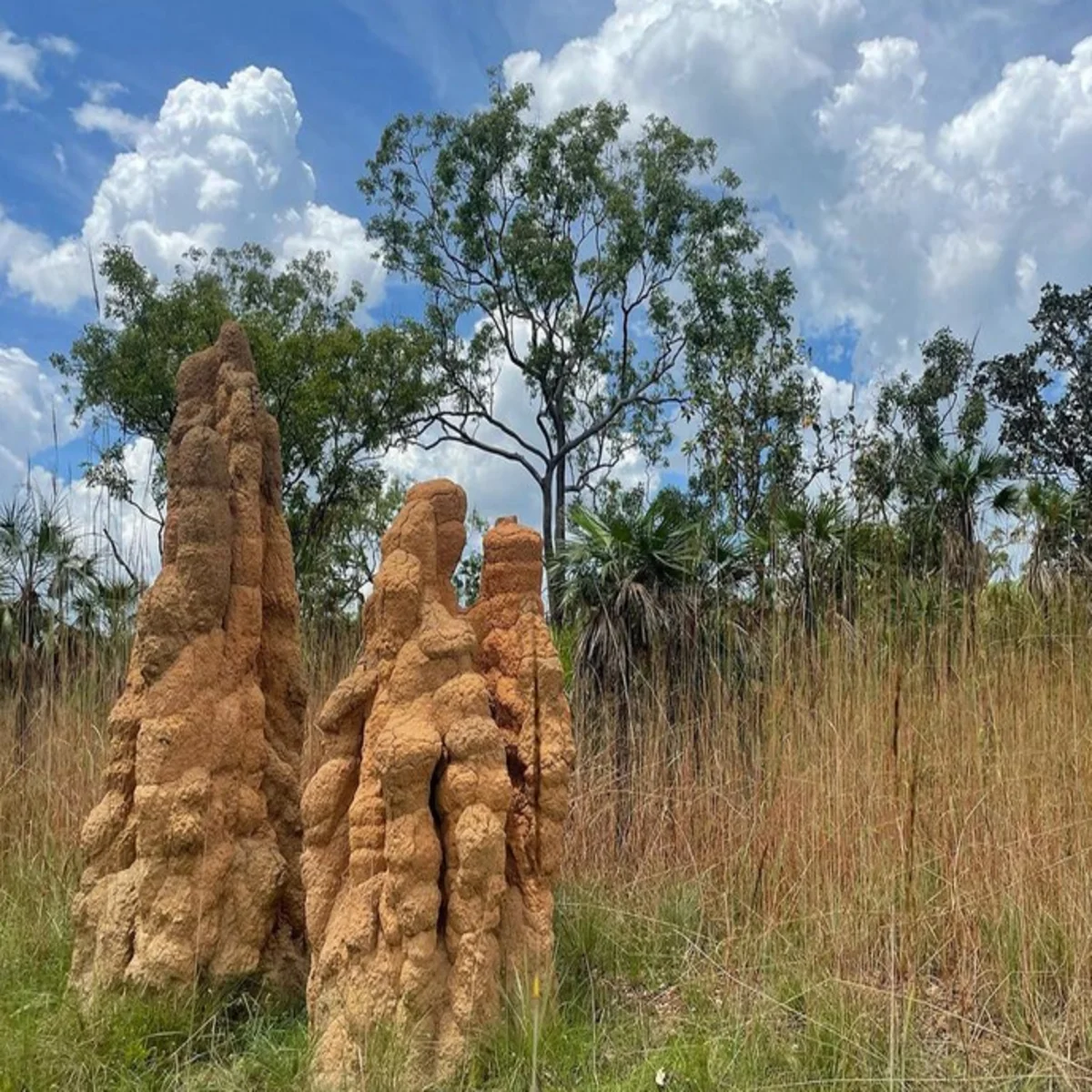
The place is set up for a full day of fun. There’s a kiosk, camping ground, showers, and barbecues nearby. Have a play on the grass or take a stroll along the boardwalks into the monsoon rainforest.
Mataranka Thermal Pool
The small town of Mataranka shot to fame with the book We of the Never Never. But these days, most folks come looking for the Mataranka Thermal Pools. These natural hot springs are perfect for a relaxing day.
Drift between the pools with the gentle current guiding you along the surface. The warm water will soothe your sore muscles, and the palm trees will make you feel like a tropical paradise. The water is unbelievably blue, and the sandy bottom makes for a comfy swim.
If it’s crowded, head over to the nearby Bitter Springs. They’re a bit trickier to get to and usually quieter. They’re deeper, too, so bring some floaties if you’re not too confident in the water.

